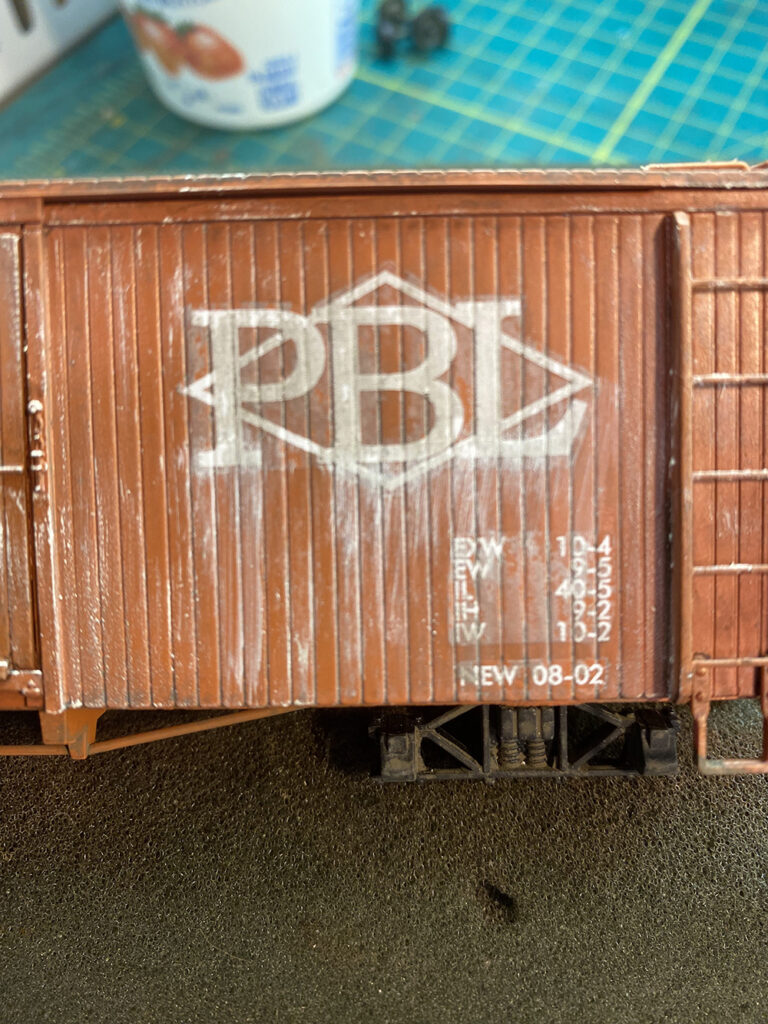
Car Swap Project part 6: Seth’s techniques: With the decals finally printed and distributed, it’s time to start the actual work of completing the cars. Seth, Gerry, and David each have their own techniques for doing this kind of work, so parts 6-8 will cover each modeler’s efforts in detail. Seth kicks things off with […]
Read More…
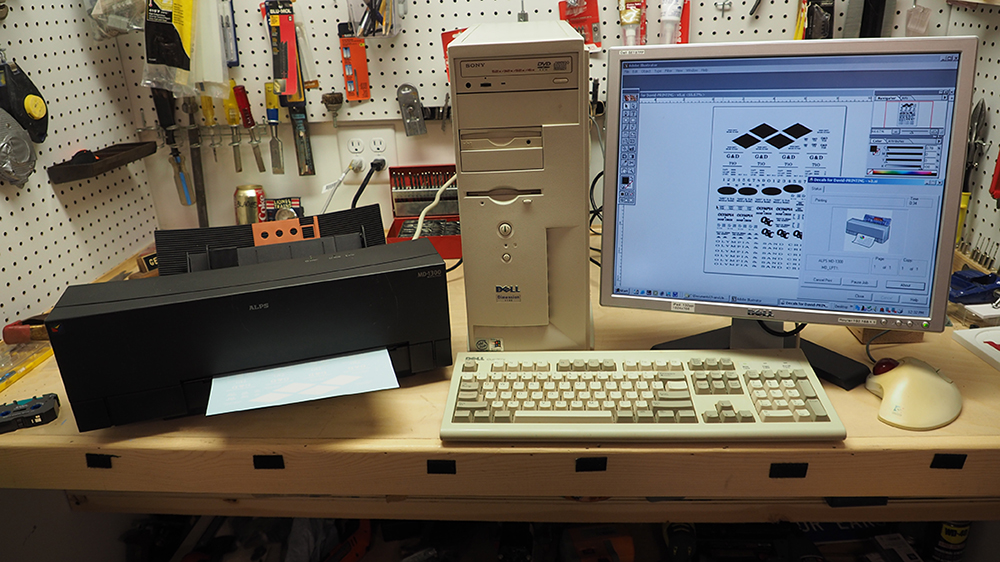
Car Swap Project part 5: Printing decals with an ALPS printer: As the three friends endeavor to make custom boxcars for each other’s layouts, Gerry Leone, Seth Puffer, and David Popp embark on printing custom decals. There are several easy ways to print your own decals, just as long as you don’t want white lettering. […]
Read More…
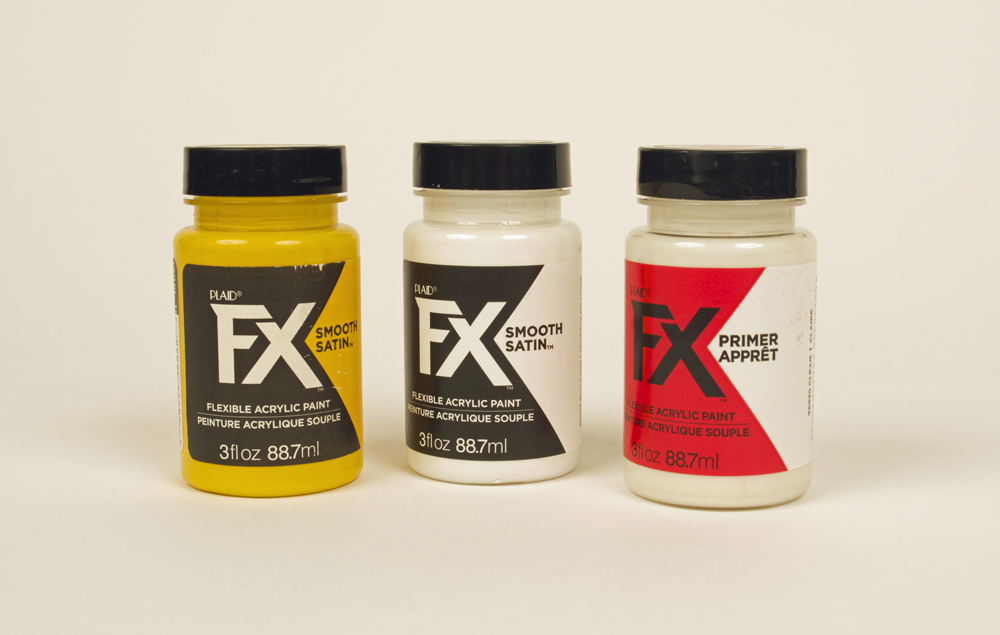
Plaid FX flexible acrylic paint. Last week my wife needed to make a stop by the local Hobby Lobby to get some supplies for her classroom. While my wife and daughter were busy shopping, my son and I walked through the rest of the store. I’m always on the lookout for potential modeling products, and […]
Read More…
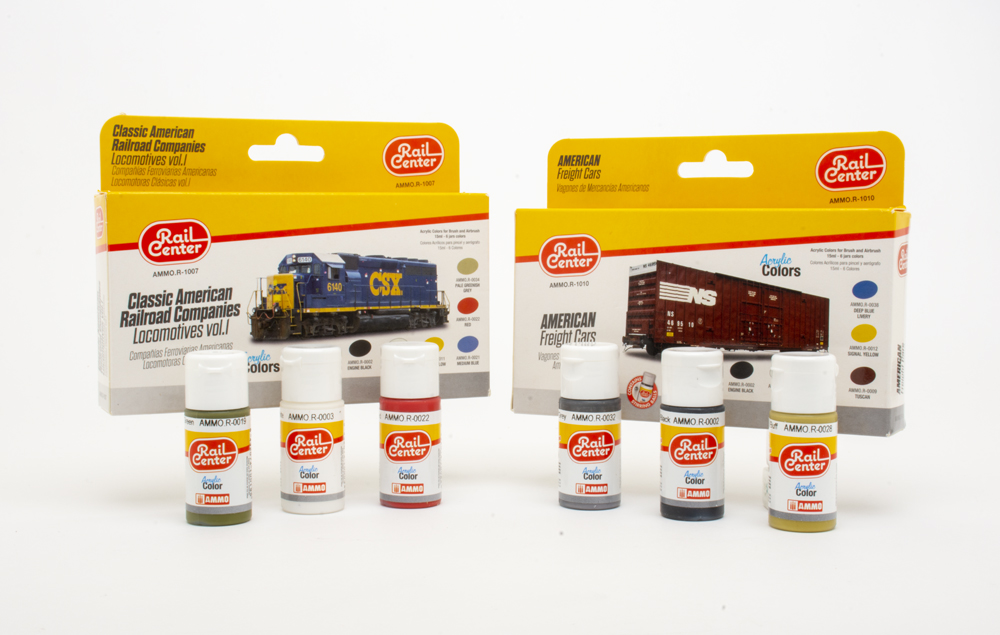
The Rail Center acrylic hobby paints line has joined the model railroad marketplace. Ammo by Mig Jimenez, a Spanish paint manufacturer, recently unveiled its new line of railroad colors. The paints are sold in 17ml plastic bottles with a flip-top lid and metal stirring ball. The colors can be applied straight from the bottle with […]
Read More…
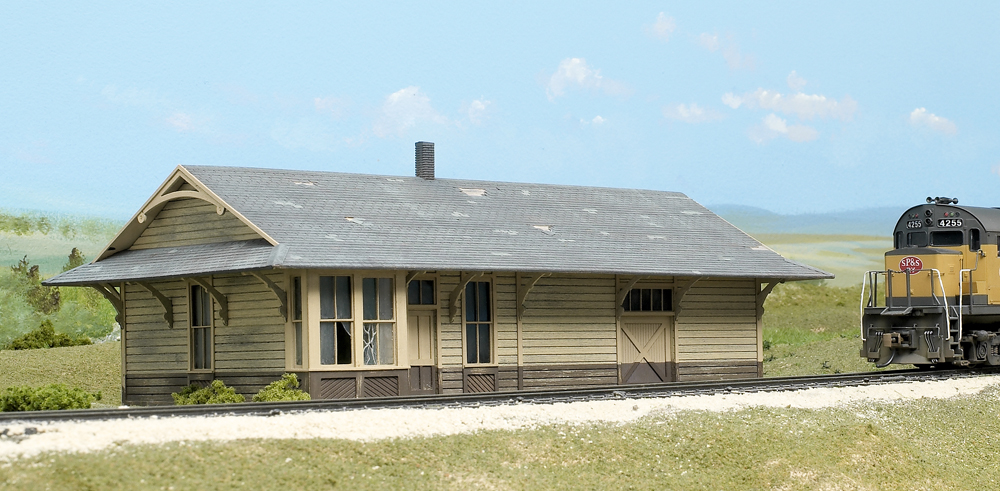
Model a weather-beaten wood structure: In model railroading, weathering is typically associated with freight cars and locomotives. However, structure weathering is another way to add realism to a layout. Peeling and faded paint, a roof in need of repair, and broken glass are just a few of the ways to turn an ordinary structure into […]
Read More…
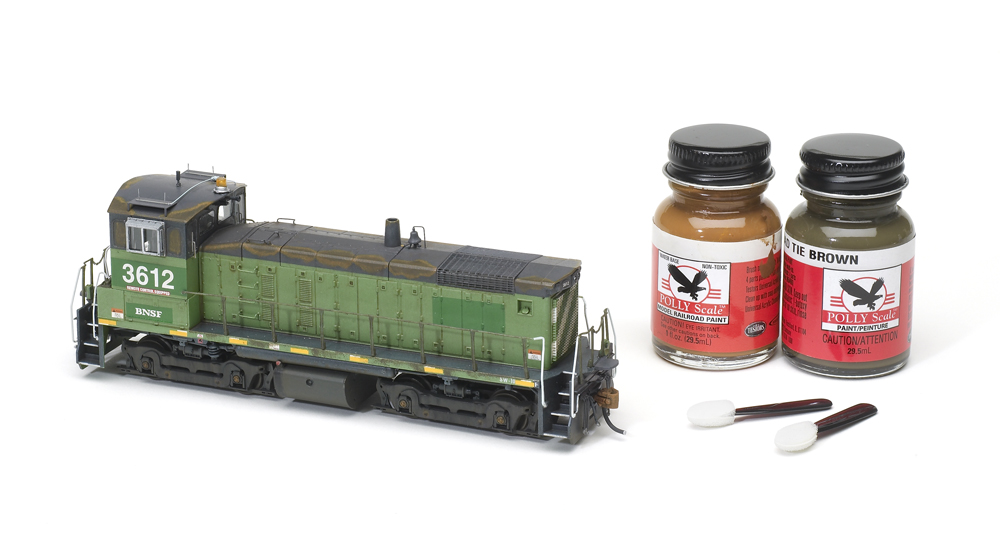
Using cosmetic applicators for weathering: When I asked my wife if we could walk through the cosmetic department at the local drugstore, she gave me a puzzled look. However, this part of the store is home to some fantastic weathering tools, including foam-tipped cosmetic applicators. I used the applicators to simulate rust and paint wear […]
Read More…
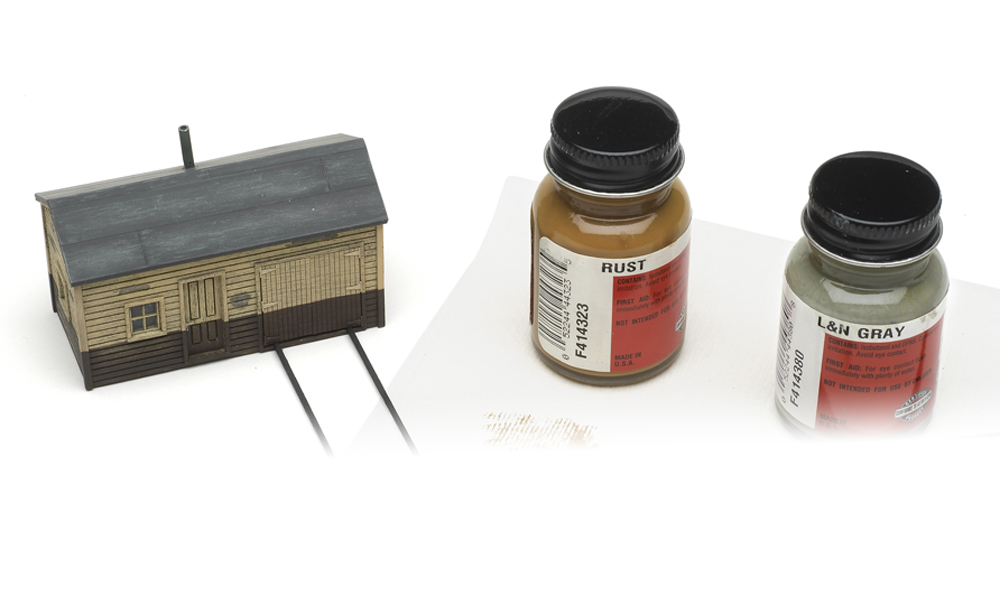
Weathering structures with drybrushing: Drybrushing is one of the easier weathering techniques in modeling. I’ve used this technique for years on structure roofs, such as this HO scale motor car/work shed produced for the Northern Pacific Ry. Historical Society. However, I’ve also used drybrushing successfully to weather locomotive truck sideframes (covered in the April 2010 […]
Read More…
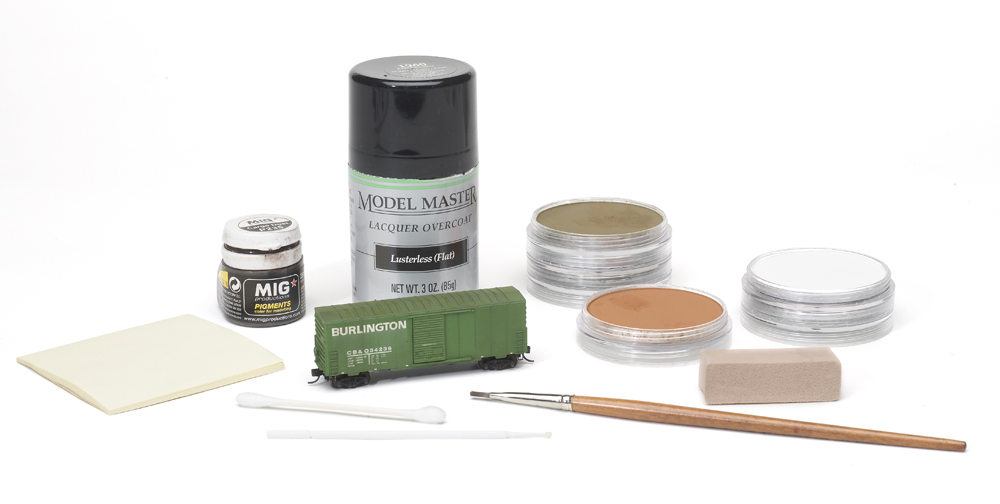
How to weather with powdered pastels: Powdered pastels have long been a popular choice for weathering locomotives, freight cars, and buildings. There are several firms that offer ready-to- use weathering powders, or you can make your own by scraping pastel sticks with a hobby knife. I started work on this N scale Micro-Trains boxcar by […]
Read More…
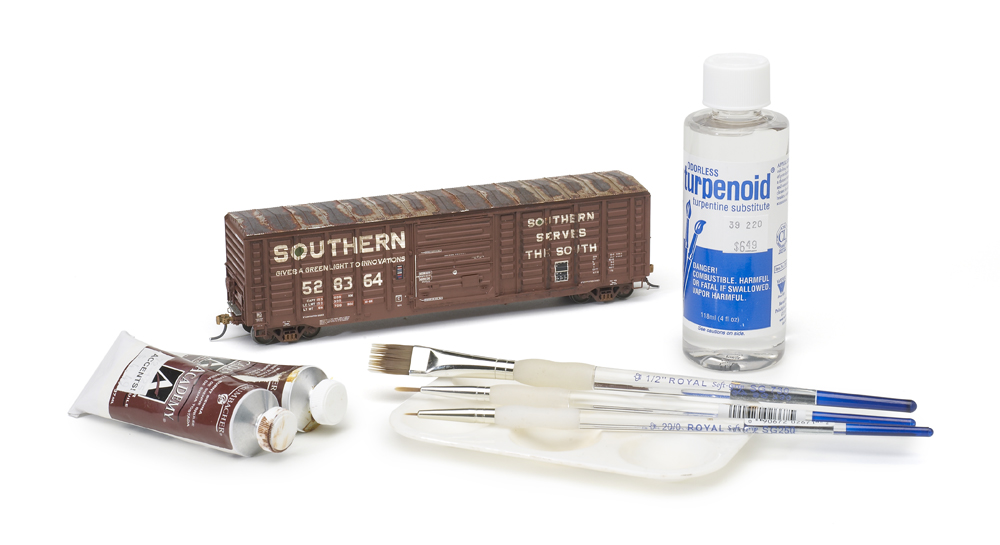
Weathering with artist’s oils: Artists’ oils make it easy to apply weathering washes and simulate rust patches, which I did on this HO scale ExactRail boxcar. First, I put some burnt umber on each body panel and on the door. Then I touched the paint with a 1 ⁄2″-wide paintbrush soaked with Turpenoid (an odorless turpentine […]
Read More…
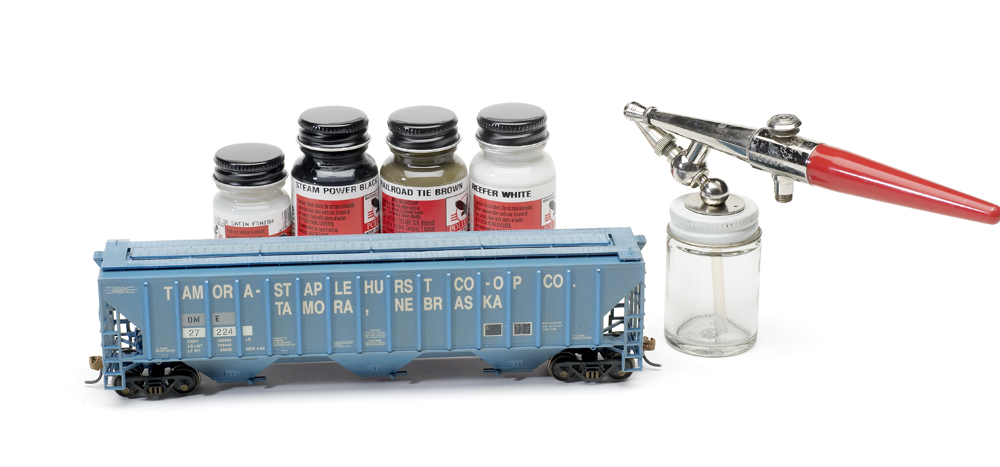
Weathering with an airbrush: If you’re looking to give your freight cars and locomotives a general coat of grime in relatively little time, try using an airbrush and thinned acrylic paints. My first step on this Athearn HO scale 54-foot covered hopper kit was to spray the entire car with thinned Polly Scale Reefer White […]
Read More…
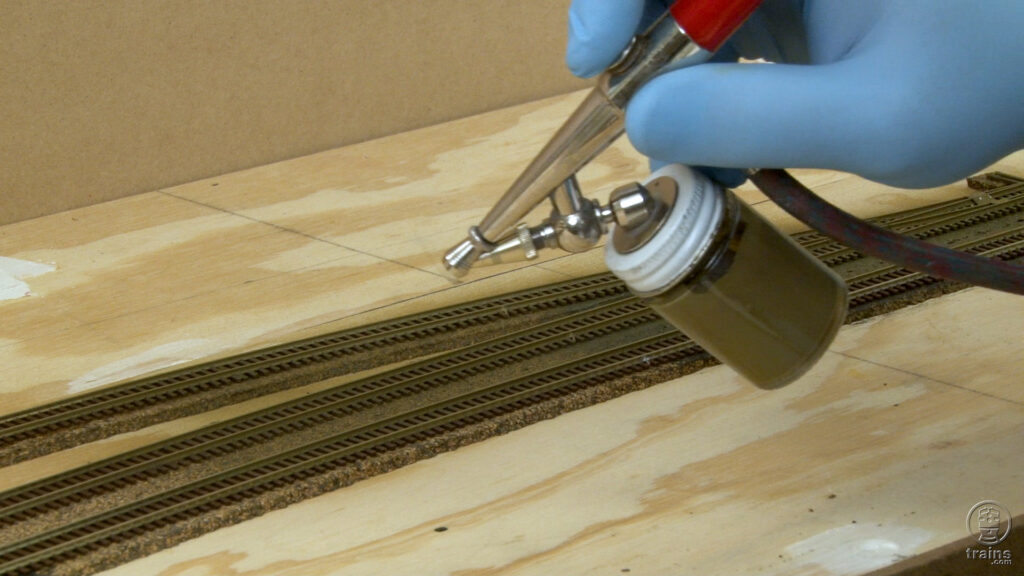
Our State Line Route layout is almost ready for scenery, but first there’s track detailing and painting to be done! David shares his process for cleaning and preparing track before Cody shows how to paint track with his airbrushing technique. […]
Read More…
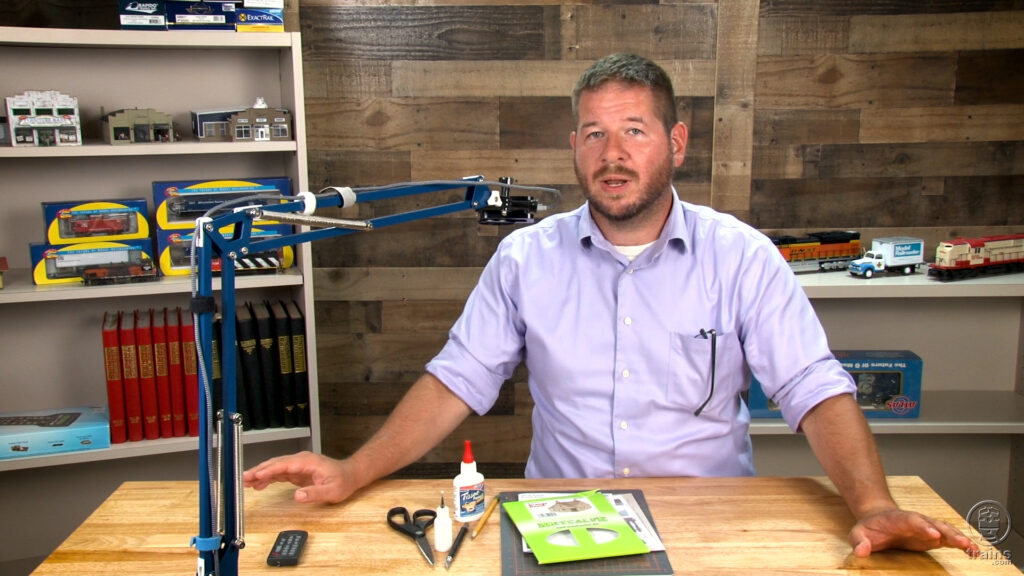
While David and Co. continue construction on the N scale project layout, Steve Sweeney shares his techniques for assembling a cardstock house kit. Follow along, as Steve walks and talks you through all of the essential tools, supplies, and processes — start to finish! […]
Read More…












